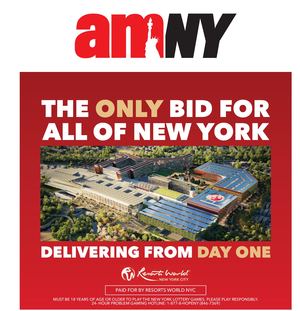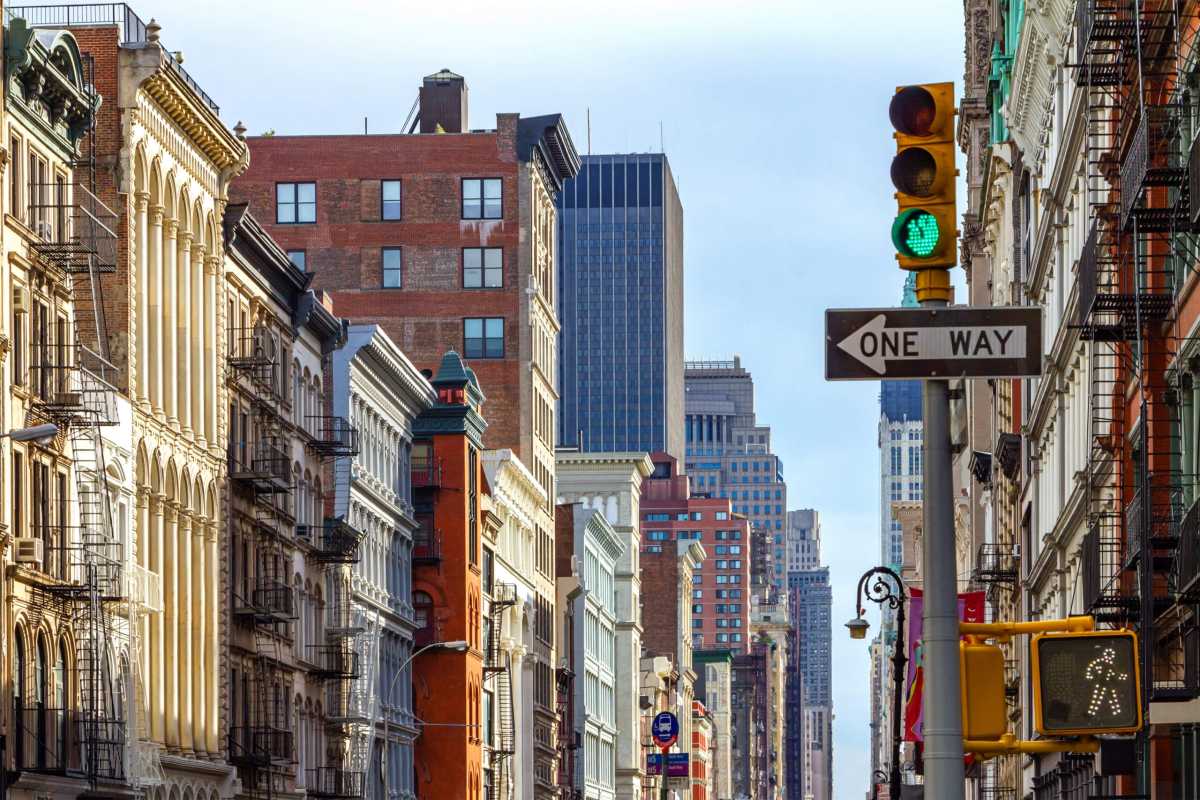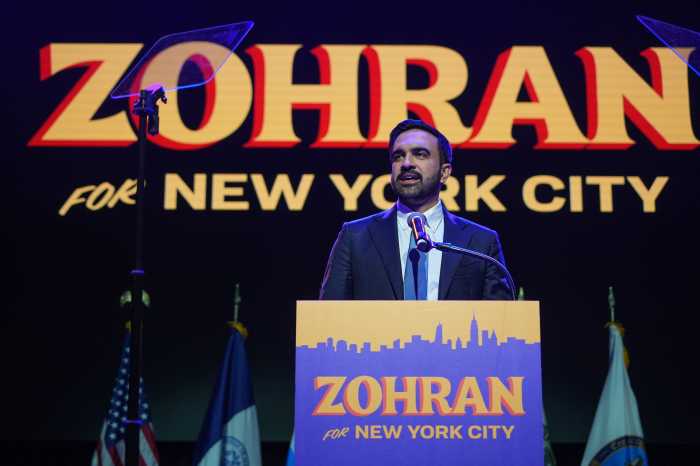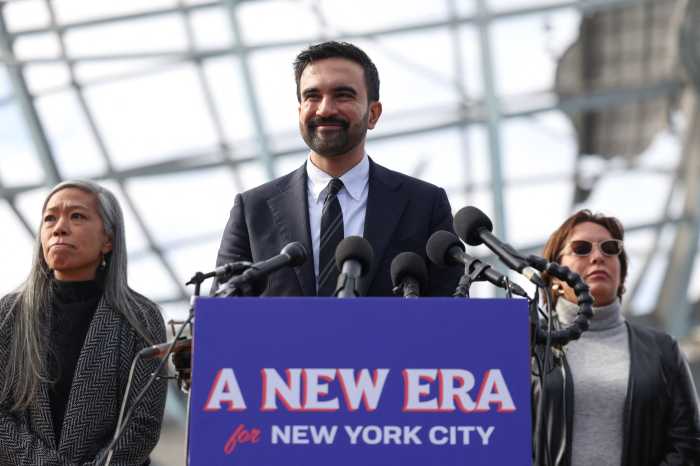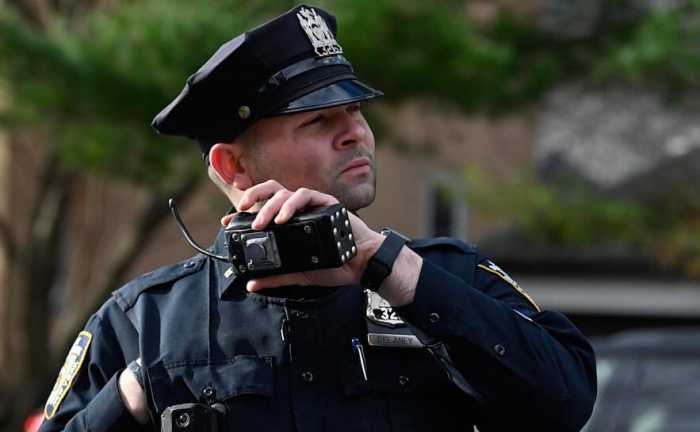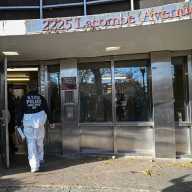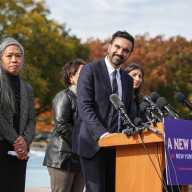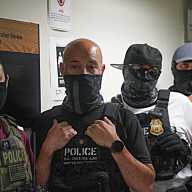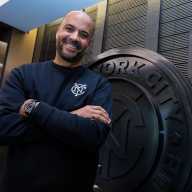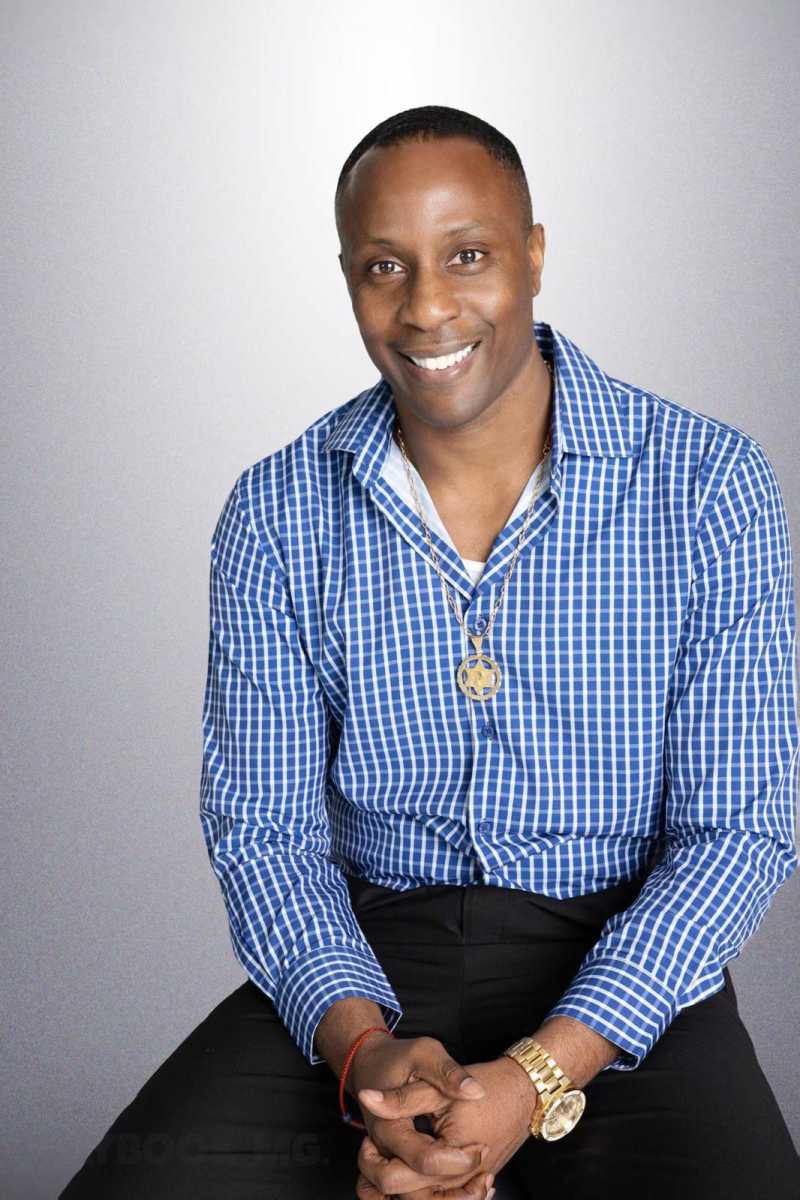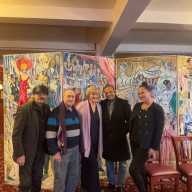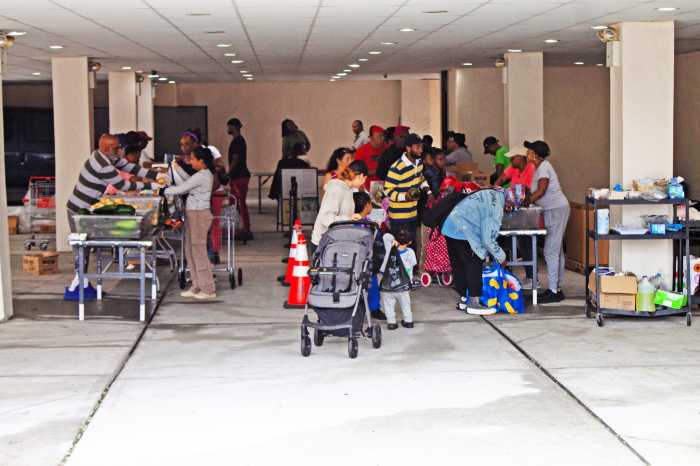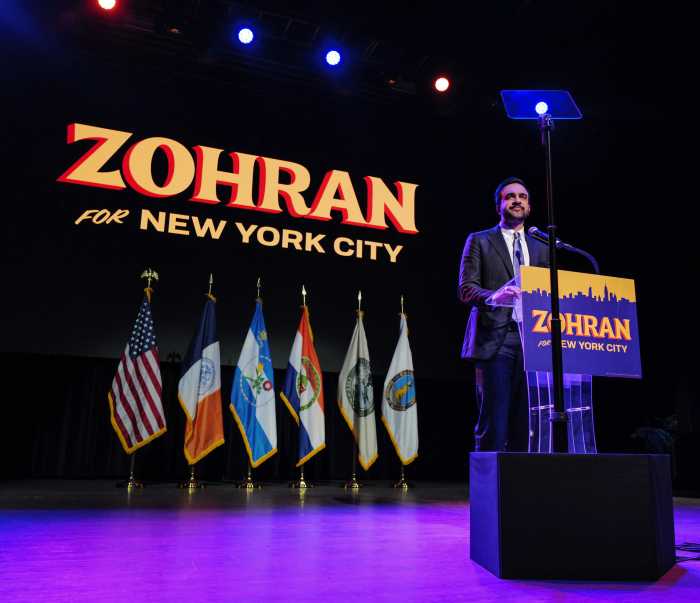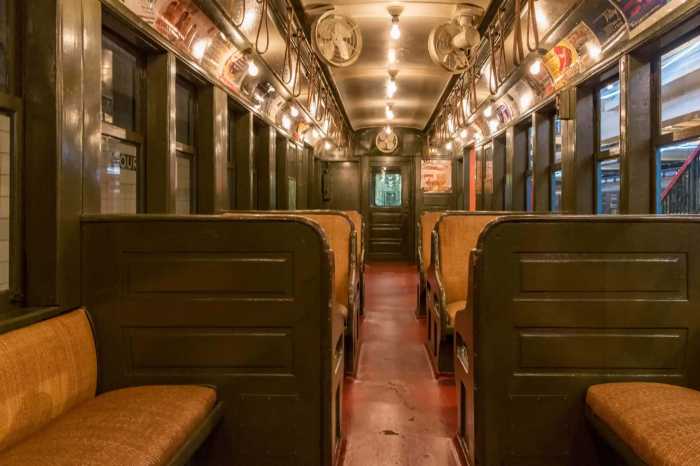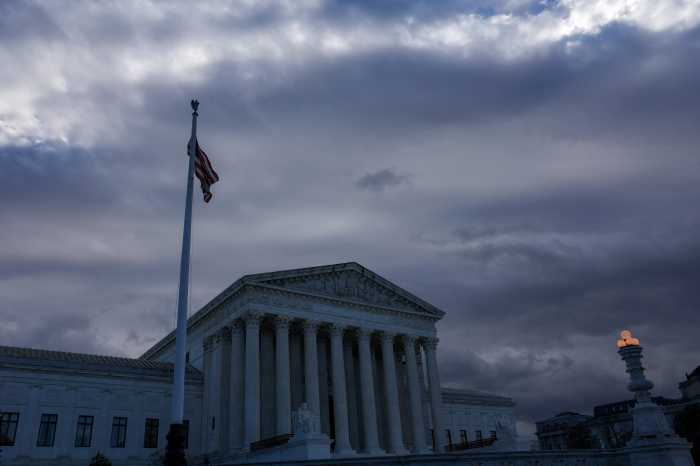Mayor Eric Adams’s City of Yes for Housing Opportunity (COYHO) proclaims to be a uniform set of rules applying equally across New York City that will address housing shortages.
A much-advertised part of the proposed plan facilitates conversions of commercial buildings into residences. Yet this very feature contains a unique exception, designed to perpetuate a punitive, De Blasio-era taxation scheme. This exception specifically targets a small group of SoHo and NoHo residents who live in homes referred to as “Joint Living-Work Quarters for Artists” (JLWQA), singling them out for this unfair tax.
The JLWQA housing model, which dates to the 1970s, helped create more housing by allowing residents to transform abandoned manufacturing lofts into live-work homes. These homes were initially restricted to artists certified by the Department of Cultural Affairs (DCLA). Over time, the DCLA all but ceased certifying artists, and the number of artists certified dwindled from 400 to a mere four per year. Due to DCLA’s failure to certify artists, together with an intentional lack of enforcement by the City, JLWQA homes today are predominantly occupied by non-artists.
One of the goals of the 2021 the SoHo/NoHo Rezoning was to remove the outdated restriction to artists and allow anyone to live in JLWQA homes. Yet instead of fixing the problem, the policy designed by the De Blasio Administration has worsened the situation: it demanded that residents “convert” their JLWQA homes, a pretext for charging them a gargantuan tax.
The City will funnel this tax, amounting to hundreds of thousands of dollars per home, into a newly created “Arts Fund.”
This De Blasio-era scheme intentionally trapped residents in bureaucratic quagmire: when they retire and need to move out, their homes can only be sold to a dwindling number of certified artists, unless owners execute a forced conversion and pay the hefty “Arts Fund” tax. This separate and unequal tax devalues properties and erodes the life savings of many, casting a shadow over the city’s intentions. Moreover, the Department of City Planning (DCP) has continued to block residents’ attempts to address the issue through state laws, further entrenching this divisive policy.
In contrast, the COYHO plan allows commercial buildings to be converted to residences free of charge, except for JLWQA buildings in SoHo and NoHo who must pay this hefty fee. And the recently approved City of Yes for Economic Opportunity permits home occupation uses identical to JLWQA anywhere in the city without any fee. This disparity subjects SoHo and NoHo residents to an unfair conversion requirement and a discriminatory tax.
At a July City Planning Commission (CPC) public hearing, testimonies by dozens of local residents protested this unfair treatment which undercuts their life savings just as they age and need to move out.
Hana Anouk Nakamura, the daughter of a certified artist, explained how the forced conversion of JLWQAs and the “Arts Fund” fee impose financial hardships for privileges granted freely elsewhere in New York City, and especially on artists who turned neglected spaces in SoHo into homes and cultural hubs.
Geoff Isles, a glass artist in NoHo since 1987, shared the rigorous and often arbitrary artist certification process artists had to go through. He calls the “Arts Fund” fee an insult, punishing the very people who created housing in SoHo and NoHo and made them desirable.
And Elizabeth Weatherford, a SoHo resident since 1970, highlighted the disproportionate impact on elderly and retired artists. She and her late husband, a certified artist, have spent decades maintaining their loft. The “Arts Fund” fee, she argues, unfairly penalizes exactly those who have invested significantly in preserving their buildings and the neighborhood’s unique character.
These and similar testimonies illustrate a sentiment of betrayal of a community unjustly targeted by the very initiative meant to empower them. Yet DCP Commissioner Dan Garodnick and CPC members continue to defend these inequitable policies and ignore residents’ testimonies, just as they continue to ignore concerns from the vast majority of community boards across the city who oppose other irrational aspects of the COYHO plan and voted against it.
If Mayor Adams’ City of Yes proposal is to move forward and be truly equitable, it must ensure it does not perpetuate the failings of his predecessor’s 2021 SoHo/NoHo Rezoning which devolved into a punishment scheme. Instead, it should strive for uniformity in its applications, ensuring its policies treat all New Yorkers equally.
Unless Mr. Garodnick and the CPC abolish the punitive fees that threaten to displace long-standing community residents based solely on where they live, the City Council should vote down the City of Yes for Housing Opportunity, for it is not the equal, fair, and fully inclusive initiative we need it to be.
Clarence Hahn, Jeanne Wilcke, Bo Riccobono, and Amit Solomon are members of the Steering Committee for The Coalition for Fairness in SoHo and NoHo.
Read More: https://www.amny.com/oped/
